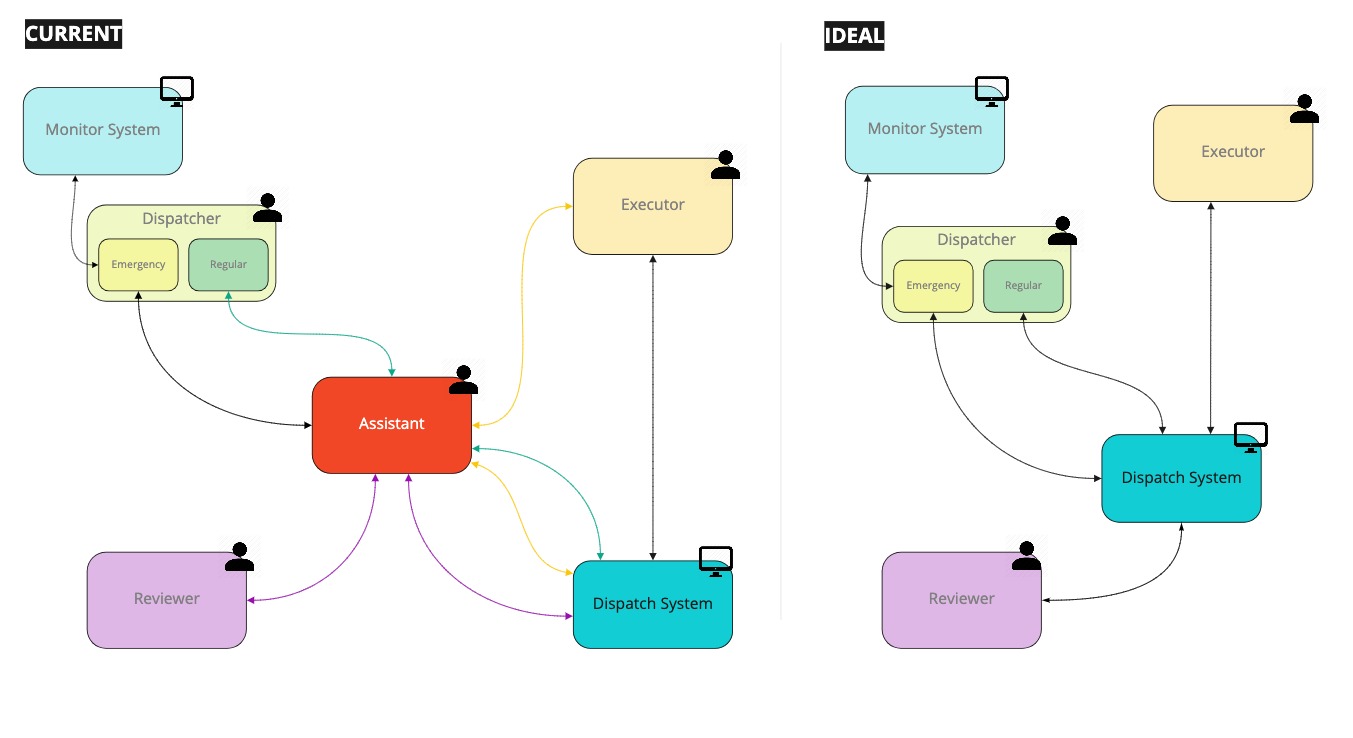Solar Dispatch System
Work Order Scheduling and Analysis B2B SaaS
Project aim
Identify user problems for a new developed software that transforms from a paper-heavy to a paper-free system, and develop design solutions that help users have a better experience using the new system.
Type
8 week internship
Mentor
Donald Chou, Miranda Chou
My Role in the project
UX Research UX Design- Conduct user research for maintenance dispatch software system using desktop research and contextual inquiry.
- Translated user research insights and functional requirements into design decisions and present design concepts and solutions to the team.
- Defined visual design guidelines and contribute to a design system with unified UI components.
CONTEXT
What is AUO and Solar Dispatch System?
AUO Solar (AU Optronics) is a leading global manufacturer of TFT-LCD committed to providing green solutions to its worldwide customers in a manner that is sustainable and friendly to the environment.
AUO provides solar solutions including solar modules, all-round solar power plant service, and integrated service platform concerning energy management. AUO's solar energy maintenance team relies on Solar Dispatch System to organize and schedule work orders across multiple solar energy sites.
PROBLEM BACKGROUND
How can we improve the design of the new digitalized system?
Dispatch System transforms the traditional maintenance management system into a digitalized one, as the company aims to implement ML models to improve the efficiency of the maintenance work. However, users, AUO's maintenance team, are experiencing a hard time to use the new system.
PREVIEW
Make the workflow intuitive and reduce heavy cognitive load












